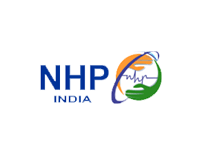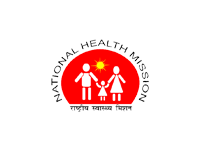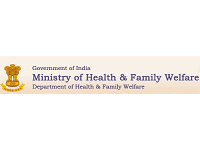Youth and HIV/AIDS
In India people in the age group of 15-29 years comprise almost 25 percent of the country’s population; however, they account for 31 percent of AIDS burden. This clearly indicates that young people are at high risk of contracting HIV infection.
What Makes Youth Vulnerable?
Physiologically, young people are more vulnerable to STIs than adults; girls more than boys. Gender imbalances, societal norms and economic dependence contribute to this risk.
Lack of access to correct information (almost 73 percent of young people have misconceptions about modes of HIV transmission), tendency to experiment and an environment which makes discussing issues around sexuality taboo adds to their vulnerability.
Vulnerable groups
Most young people become sexually active during adolescence. In the absence of right guidance and information at this stage they are more likely to have multi-partner unprotected sex with high risk behaviour groups. Particularly vulnerable are impoverished, unemployed, under-employed, mobile/migrant youth, adolescents in sex work, young injecting drug users and street children as they are faced with high risk behaviour in their everyday life. They are also less likely to have information on the risks of contracting HIV and means of protecting themselves from the infection. Such youth may face repeated risk of HIV infection through sexual exposure due to coercion or other compulsions.
Young women are biologically more vulnerable to HIV infection than young men – a situation aggravated by their lack of access to information on HIV and even lesser power to exercise control over their sexual lives. Early marriage also poses special risks to young people, particularly women. This is especially relevant for India, where almost 50 percent girls are married off by the time they are 18 years of age.

























